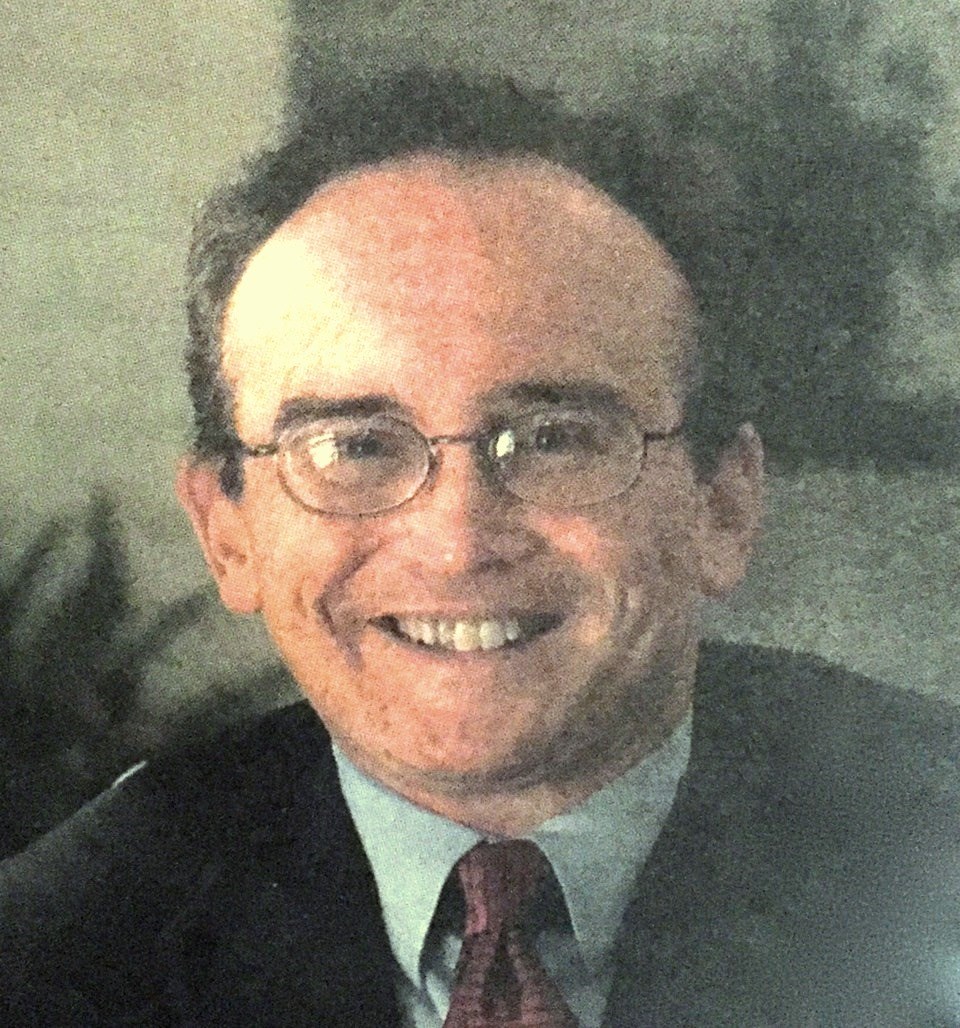

More recent studies suggest that HDAC inhibitors may disrupt the aggresome formation induced by proteasome inhibitors, resulting in enhanced endoplasmic reticulum stress and apoptosis ( 20). Similar findings were observed when vorinostat or sodium butyrate was combined with bortezomib in leukemia cell lines where a pronounced increase in mitochondrial injury, caspase activation, PARP degradation and reactive oxygen species (ROS) production was observed ( 26). Addition of the proteasome inhibitor, MG132, potentiated the apoptotic effect of sodium butyrate, possibly by blunting the effects on p53, N-myc and IκBα levels and increasing Bax expression ( 25). In cultured retinoblastoma cells, treatment with sodium butyrate, an HDAC inhibitor, increased 26S proteasome activity and decreased p53, N-myc and IκBα protein levels ( 25).

Bortezomib is currently FDA approved for use in multiple myeloma and mantle cell lymphoma, and activity has also been seen in solid tumors ( 23, 24).Īccumulating evidence suggests that HDAC inhibitors and proteasome inhibitors may act synergistically in malignancies. In vivo, bortezomib delays tumor growth and enhances the cytotoxic effects of radiation and chemotherapy ( 22). In addition, bortezomib causes the sequestration of ubiquitin-conjugated proteins into aggresomes in pancreatic cells ( 20), which may participate in a cytoprotective response by shuttling ubiquitinated proteins to lysosomes for degradation ( 21). Inhibition of targeted proteolysis with bortezomib increases turnover of proteins involved in cell cycle progression and survival, including the p21 cyclin-dependent kinase inhibitor, cyclins and NF-κB, resulting in cell cycle arrest, apoptosis, and inhibition of angiogenesis ( 19).

Altered degradation of transcription factors and cell cycle control proteins can result in uncontrolled cell division that promotes cancer growth and spread. Clinical activity has been observed in a number of hematologic tumors, and vorinostat is currently approved by the Food and Drug Administrations (FDA) for use in patients with refractory cutaneous T-cell lymphoma ( 18).īortezomib (Velcade, PS-341, Millennium, Cambridge, MA) is a modified dipeptidyl boronic acid that reversibly inhibits the 26S proteasome, a large protease complex that degrades ubiquinated proteins. Vorinostat (suberoylanilide hydroxamic acid (SAHA) or MK-0683, Zolinza®, Merck, Whitehouse Station, NJ) is a small molecule inhibitor of class I and II HDAC enzymes that promotes cell cycle arrest and apoptosis in a wide variety of human hematopoietic cells ( 4– 11) and carcinoma cell lines ( 12– 17). In tumor cells, HDACs also target many non-histone proteins such as tumor suppressor genes and proteins that control proliferation, migration, death and angiogenesis ( 4) and provide a unique mechanistic approach for anti-cancer therapy. HATs promote transcriptional activity by catalyzing the acetylation of N-terminal histone lysine residues ( 1, 2), while HDAC activity results in chromatin condensation and silencing of various genes, including those involved in cell survival, proliferation, differentiation, and apoptosis ( 3).

The dynamic equilibrium between histone acetylation and deacetylation is regulated by histone acetyltransferases (HATs) and histone deacetylases (HDACs). DNA that is wrapped around condensed, non-acetylated histones is transcriptionally inactive, whereas acetylation of N-terminal histone lysine residues exposes DNA to important transcription factors that promote transcriptional activity ( 1, 2). Gene expression is influenced by chromatin structure. Histone deacetylation plays a key role in the epigenetic regulation of gene expression and has been implicated in the development and progression of cancer.


 0 kommentar(er)
0 kommentar(er)
